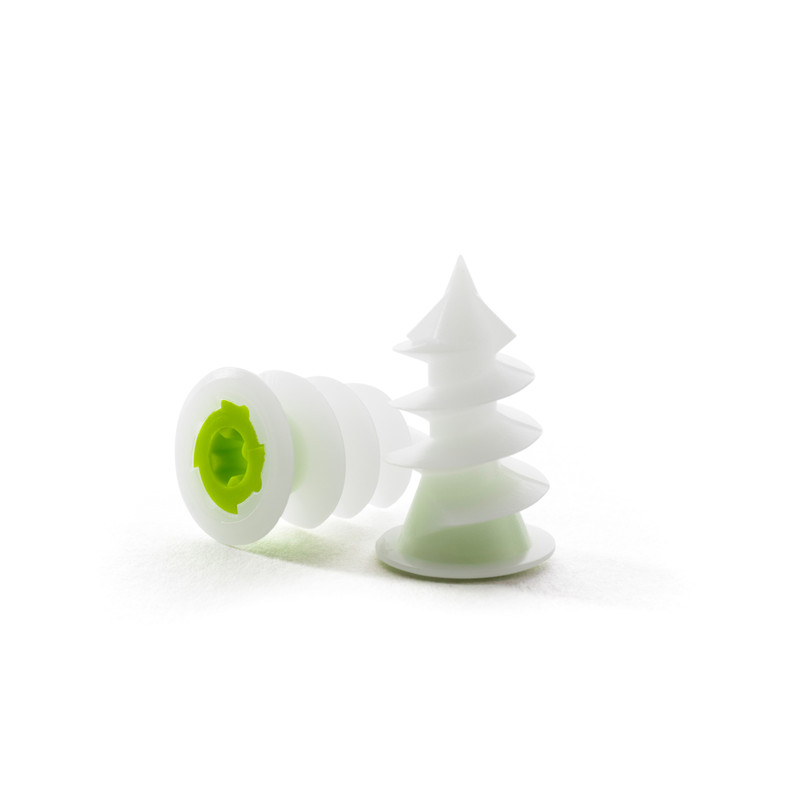

True tapering of individual strands is rarely done now and should probably never be attempted by amateur, occasional, splice makers.Īlternative Taper: After sufficient tucks have been made for strength, cut and burn one strand and then continue the Eye Splice with the remaining two strands. fishing with twisted hooks, their bellies racked by hunger. Modern rope is sufficiently slippery to mean that the tapered tails tend to get dislodged and make the splice look very untidy. Ill stop at nothing to hurl destruction at your heads, whether I go to Pylos or sit tight. In tarred hemp this made a very elegant tapered splice. Tapering the tails: It used to be fashionable to gradually thin the strands for an additional few tucks. The burned ends are usually slightly larger than the strand and this provides some additional security for the Eye Splice. If they are a little too long, it is usually far less trouble to make another tuck than to cut them and re-burn them to stop them unraveling. Hold the other two tails in your hand, one each side of the rope they will then be in the correct place when you want to choose the next end to thread.įinishing the Splice: If the ends have been cut to the correct length, they will be used up in the splice. Holding the Rope: Having prepared the ends and chosen which strand to thread where, it is then all too easy to get confused after it is threaded. The following have all worked for me under different circumstances: Technique: In tightly laid or large diameter rope, it may be difficult or impossible to pass each strand under the standing strand without a suitable tool. In the animation the mark would be where the first tuck of the Eye Splice is to be threaded. Create the required size of loop and mark the rope.
#Twistit size 10 stopper free
The correct length to unravel is about 3 times the diameter per “tuck”, i.e., for five tucks in half inch diameter rope, leave the free strands at least 7.5 inches long and for seven tucks at least 10.5 inches.

Measure the length to be unraveled and secure the rope at that length with tape or twine. The animation only shows the threading of two complete tucks with the final image showing four tucks finished and tightened.Įsssential Preparation: Secure the end of each strand by heat, tape or whipping twine. For mooring, towlines, and other long term or critical applications, seven tucks are recommended. eight is a stopper knot that is tied at the end of a rope to stop someone. Modern synthetic materials, however, tend to be slippery and, now, a minimum of five complete “tucks” is required. In a laid rope, the strands are usually twisted to be in opposition to each. : "Varicose Veins and Spider Veins.Important: The Eye Splice and its variants are well described by Ashley ( ABOK # 2725, p 445). : "Peripheral Vascular Disease: How Problems With Arteries & Veins Affect Legs, Brain & Kidneys." National Heart, Lung & Blood Institute: "What Are the Signs and Symptoms of Carotid Artery Disease?" "What Causes Deep Vein Thrombosis?" "What Causes Varicose Veins?" "What is Carotid Artery Disease?" Mayo Clinic: "Aneurysms: Overview," "Blood Clots: Definition." "Deep vein thrombosis (DVT): Self-management," "Deep vein thrombosis (DVT): Symptoms and causes," "Peripheral artery disease: Self-management," "Peripheral artery disease: Overview," "Pulmonary Embolism: Symptoms and causes," "Thrombophlebitis: Overview," "Varicose veins: Symptoms and causes." These multipurpose stoppers offer versatility not available with conventional stoppers. BOISSONNET / Medical ImagesĪmerican Heart Association: "About Peripheral Artery Disease (PAD," "Symptoms and Diagnosis of PAD," "What is an Aneurysm?"Īmerican Society of Hematology: "Blood Clots."īrain Aneurysm Foundation: "Warning Signs/Symptoms."Ĭleveland Clinic: "Chronic Venous Insufficiency." The versatile Plasticoid M66-10 Twistit® White Rubber Size 10 Stoppers are four stoppers in one. 1) (Left to right) JFalcetti / Thinkstock, Nerthuz / Thinkstockĥ) JOHN BAVOSI / SCIENCE PHOTO LIBRARY / Getty Imagesġ3) BSIP / B.


 0 kommentar(er)
0 kommentar(er)
